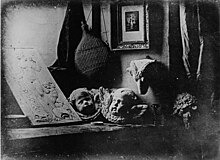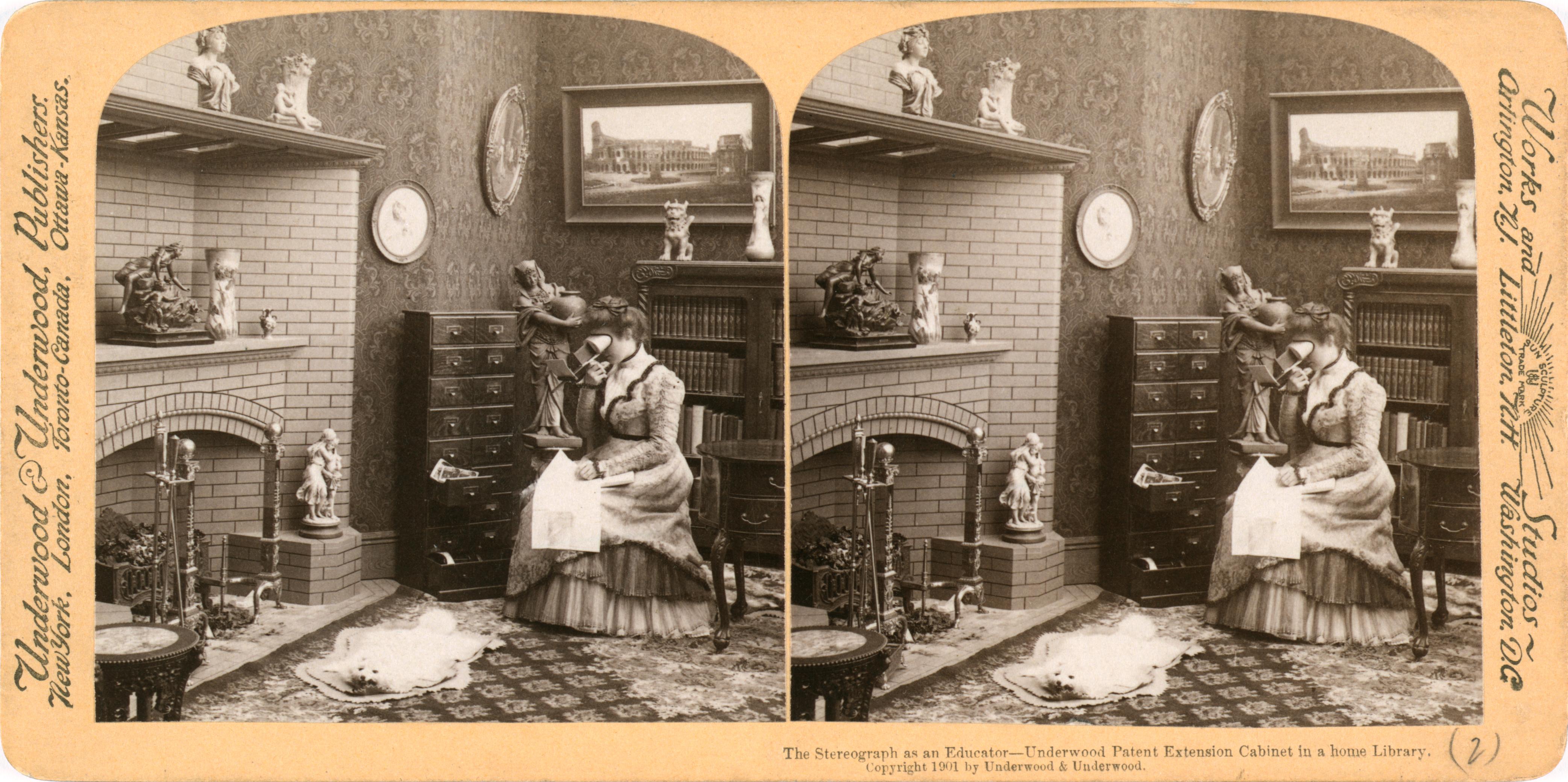
2. An albumen print was the first method of using negatives to produce a photographic print on a paper base. The main ingredient of this process was albumen, found in egg whites. It was a popular process until it was replaced by the carte de visite.

3. A stereograph could create the illusion of depth by recording three dimensional visual information. They were most popular in the early 1900s.

4. The carte de visite was a small type of photograph that reduced production costs and made it easier to make multiple copies. They were popular during the American Civil War because family members had a way of inexpensively taking and sending photographs to each other.

5. Matthew Brady, an American photographer, and Alexander Gardner, a Scottish photographer, both documented the Civil War.



